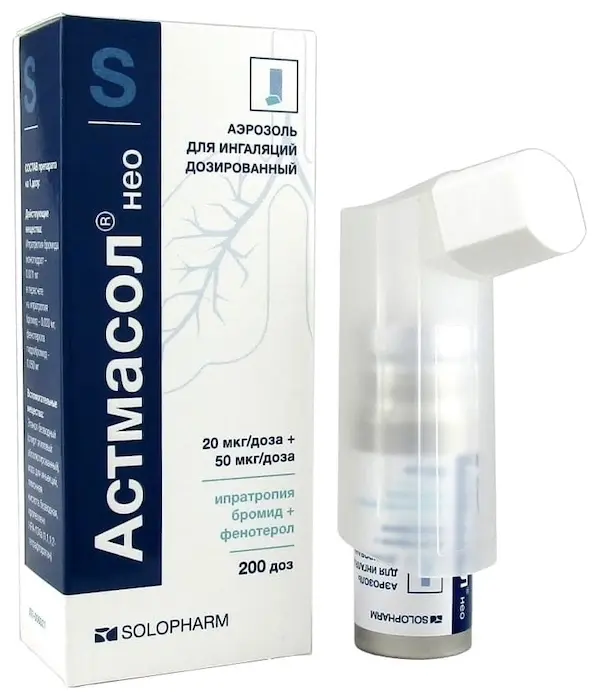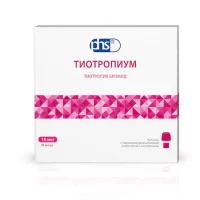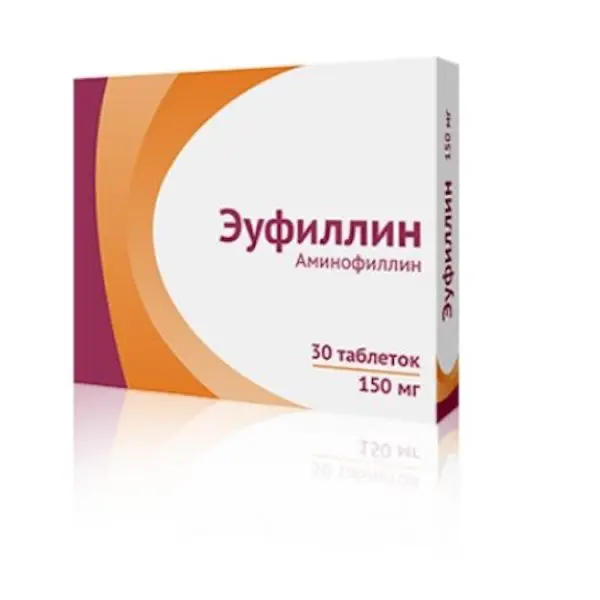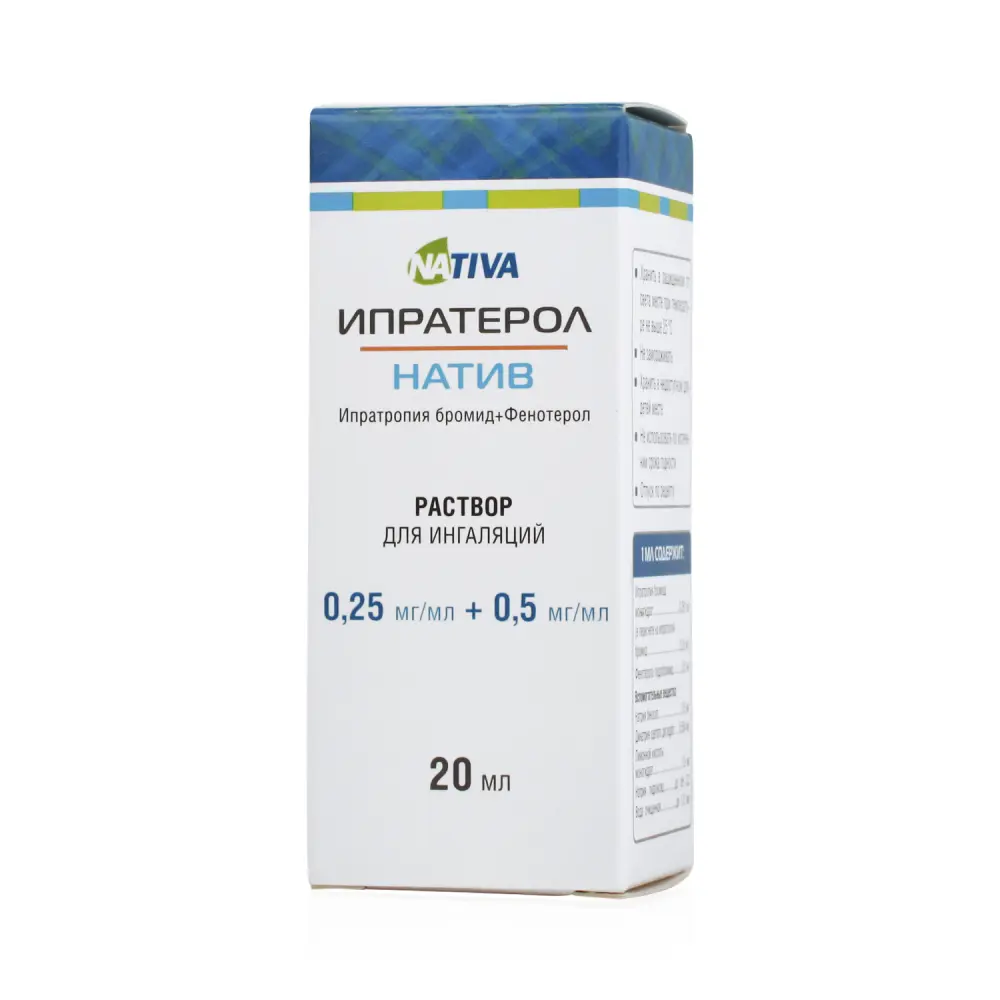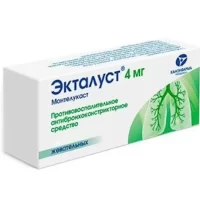Description
Astmasol Neo Pharmacodynamics
The drug contains two components with bronchodilator activity: ipratropium bromide – m-cholinoblocker and fenoterol – β2-adrenomimetic.
Bronchodilation during inhalation administration of ipratropium bromide is mainly due to local rather than systemic anticholinergic action.
Ipratropium bromide is a quaternary ammonium derivative with anticholinergic (parasympatholytic) properties. Ipratropium bromide inhibits vagus nerve reflexes. Anticholinergic agents prevent an increase in intracellular calcium ion concentration, which occurs due to the interaction of acetylcholine with muscarinic receptors of bronchial smooth muscles. Calcium ion release is mediated by a system of secondary mediators, which include inositol triphosphate (ITP) and diacylglycerol (DAG).
In patients with bronchospasm associated with chronic obstructive pulmonary diseases (chronic bronchitis and pulmonary emphysema), a significant improvement in lung function (increase in forced expiratory volume in 1 second (FEF1) and peak expiratory flow (PEF) by 15% or more) is observed within 15 minutes, the maximum effect is achieved after 1-2 hours and continues in most patients up to 6 hours after administration.
Ipratropium bromide has no negative effect on airway mucus secretion, mucociliary clearance and gas exchange.
Fenoterol selectively stimulates β2-adrenoreceptors at a therapeutic dose. Stimulation of β1-adrenoreceptors occurs at high doses.
Fenoterol relaxes the smooth muscles of the bronchi and vessels and counteracts the development of bronchospastic reactions caused by histamine, methacholine, cold air and allergens (immediate-type hypersensitivity reactions). Immediately after administration, fenoterol blocks the release of mediators of inflammation and bronchoobstruction from mast cells. In addition, when using fenoterol at
0.6 mg doses was observed to enhance mucociliary clearance.
The β-adrenergic (β-adrenoreceptor stimulating) effects of the drug on cardiac activity, such as increased heart rate and force, are due to the vascular action of fenoterol, stimulation of β2-adrenoreceptors of the heart, and when using doses higher than therapeutic, stimulation of β1-adrenoreceptors. As with other β-adrenergic drugs, prolongation of the QTc interval is noted with high doses. When using fenoterol with metered-dose aerosol inhalers (MDIs), this effect was inconsistent and was noted when doses higher than recommended were used. However, after using fenoterol with nebulizers (standard-dose inhalation solution in vials or tube-drops), the systemic effect may be higher than when using the drug with DAIs at the recommended doses. The clinical significance of these observations has not been established. The most frequently observed effect of β-adrenoreceptor agonists is tremor. In contrast to the effects on bronchial smooth muscles, tolerance may develop to the systemic effects of β-adrenoreceptor agonists; the clinical significance of this manifestation has not been clarified. Tremor is the most frequent undesirable effect of β-adrenoreceptor agonists. When these two active agents are used together, the bronchodilator effect is achieved by affecting different pharmacological targets. These substances complement each other, resulting in an increased antispasmodic effect on the bronchial muscles and a greater breadth of therapeutic action in bronchopulmonary diseases accompanied by airway constriction. The complementary effect is such that a lower dose is required to achieve the desired effect
β-adrenergic component, which allows an individual selection of an effective dose with almost no side effects.
In acute bronchoconstriction the drug effect develops rapidly, which allows its use in acute attacks of bronchospasm.
Indications
Prophylaxis and symptomatic treatment of obstructive airway diseases with reversible airway obstruction: chronic obstructive pulmonary disease (COPD), bronchial asthma, chronic bronchitis, complicated or uncomplicated by emphysema.
Contraindications
Hypertrophic obstructive cardiomyopathy, tachyarrhythmia, hypersensitivity to fenoterol hydrobromide, atropine-like substances or any other drug component, 1st trimester of pregnancy, children under 6 years of age.
Caution.
Caution should be exercised when using the drug in patients with such diseases as closed-angle glaucoma, coronary artery disease, arterial hypertension, insufficiently controlled diabetes mellitus, recent myocardial infarction, severe organic heart and vascular disease, hyperthyroidism, pheochromocytoma, prostatic hypertrophy, bladder cervical obstruction, cystic fibrosis, childhood.
Usage during pregnancy and lactation
Pregnancy
Existing clinical experience has shown that fenoterol and ipratropium do not adversely affect pregnancy. Nevertheless, the usual precautions should be taken when using these drugs during pregnancy, especially in the first trimester. The inhibitory effect of fenoterol on uterine contractility should be taken into account.
Breastfeeding period
Preclinical studies have shown that fenoterol hydrobromide may penetrate into breast milk. No such data have been obtained for ipratropium. Significant exposure of the infant to ipratropium, especially when used as an aerosol, is unlikely. Nevertheless, taking into account the ability of many drugs to penetrate into breast milk, caution should be exercised when prescribing Astmasol® Neo to breastfeeding women.
Dosage and administration method
- Dosage must be adjusted individually. In absence of other indications of physician it is recommended to use the following doses:
- Adults and children over 6 years of age
- Treatment of seizures
- In most cases, 2 inhalation doses of aerosol are sufficient to relieve symptoms. If breathing does not improve within 5 minutes, an additional 2 inhalation doses may be used.
- If there is no effect after 4 inhalation doses and further inhalations are required, medical attention should be sought immediately.
- Intermittent and prolonged therapy
- 1-2 inhalations at a time, up to 8 inhalations per day (average of 1-2 inhalations
- 3 times a day). In bronchial asthma the drug should be used only as required.
- The drug should be used in children only by prescription and under adult supervision (see section “Special directions”).
- Instructions for inhalation
- Patients should be instructed on the proper use of the metered dose aerosol.
- This product is intended for inhaled use only.
- Before using the inhaler for the first time or if the inhaler has not been used for a week or longer, check its operation. To do this remove the protective cap from the nebulizer nozzle, shake the inhaler well, turn it upside down and press on the bottom of the can, releasing the first dose of the drug in the air, shake the inhaler again and release the second dose of the drug in the air.
Execute the inhalation
1. Remove the protective cap from the spray nozzle of the inhaler.
3. Breathe out slowly and completely. Do not exhale into the inhaler!
4. Holding the cylinder as shown in Figure 2, wrap your lips tightly around the spray nozzle.
The balloon should be facing upwards (according to the arrow on the label of the bottle)!
5. Take the deepest breath possible while quickly pressing down on the bottom of the bottle until one inhalation dose is released.
6. Hold your breath for a few seconds, then remove the spray nozzle from your mouth and exhale slowly through your nose.
7. Place the protective cap on the inhaler’s spray nozzle.
Repeat steps 2-6 for a second inhalation dose, if necessary.

